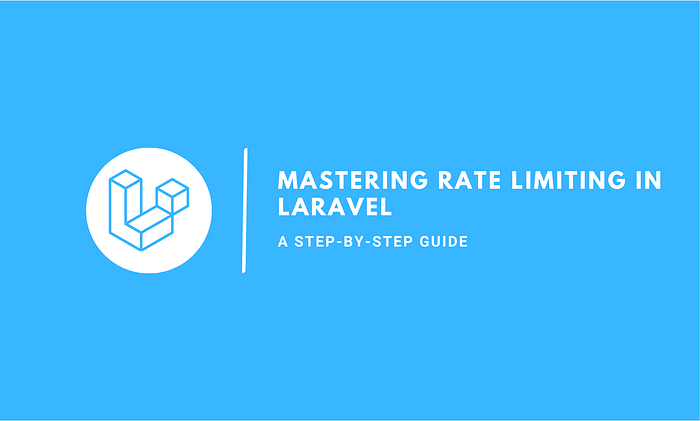Member-only story
Mastering Rate Limiting in Laravel: A Step-by-Step Guide

Introduction:
Rate limiting is a crucial aspect of web application security and performance optimization. In this guide, we will delve into the world of rate limiting in Laravel, exploring its significance and providing you with a detailed, step-by-step approach to implement it effectively.
Why Rate Limiting Matters
Before we dive into the implementation, let's understand why rate limiting is essential for your Laravel application. Rate limiting helps prevent abuse, protects your resources from being overwhelmed, and ensures fair usage of your application's services.
Step 1: Install Laravel:
If you haven't already, install Laravel by running the following command in your terminal:
composer create-project --prefer-dist laravel/laravel your-project-nameStep 2: Set Up Database:
Ensure your database is configured correctly in the .env file. Run migrations to set up the necessary tables:
php artisan migrateStep 3: Create a Middleware:
Generate a middleware for rate limiting:
php artisan make:middleware RateLimitMiddleware